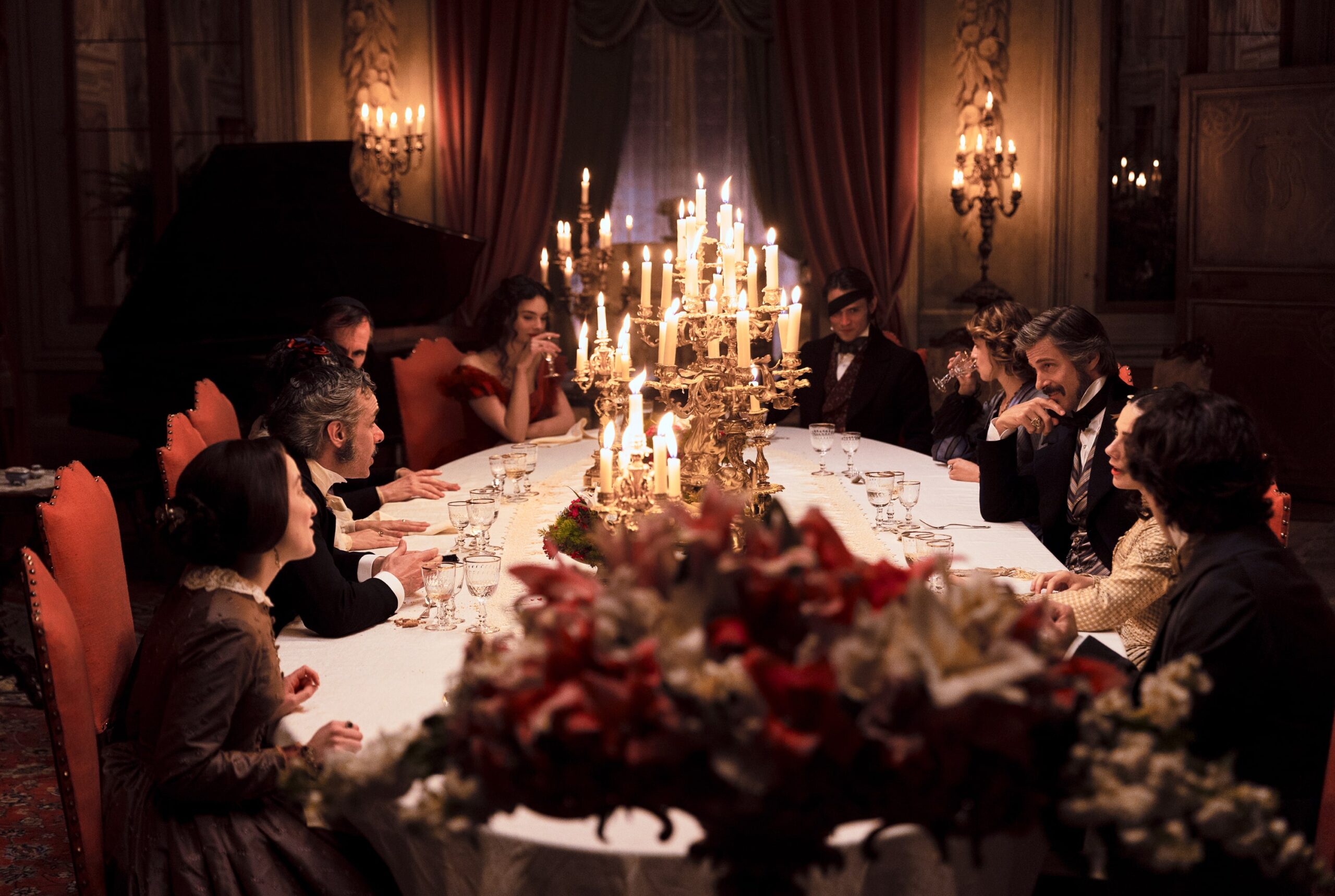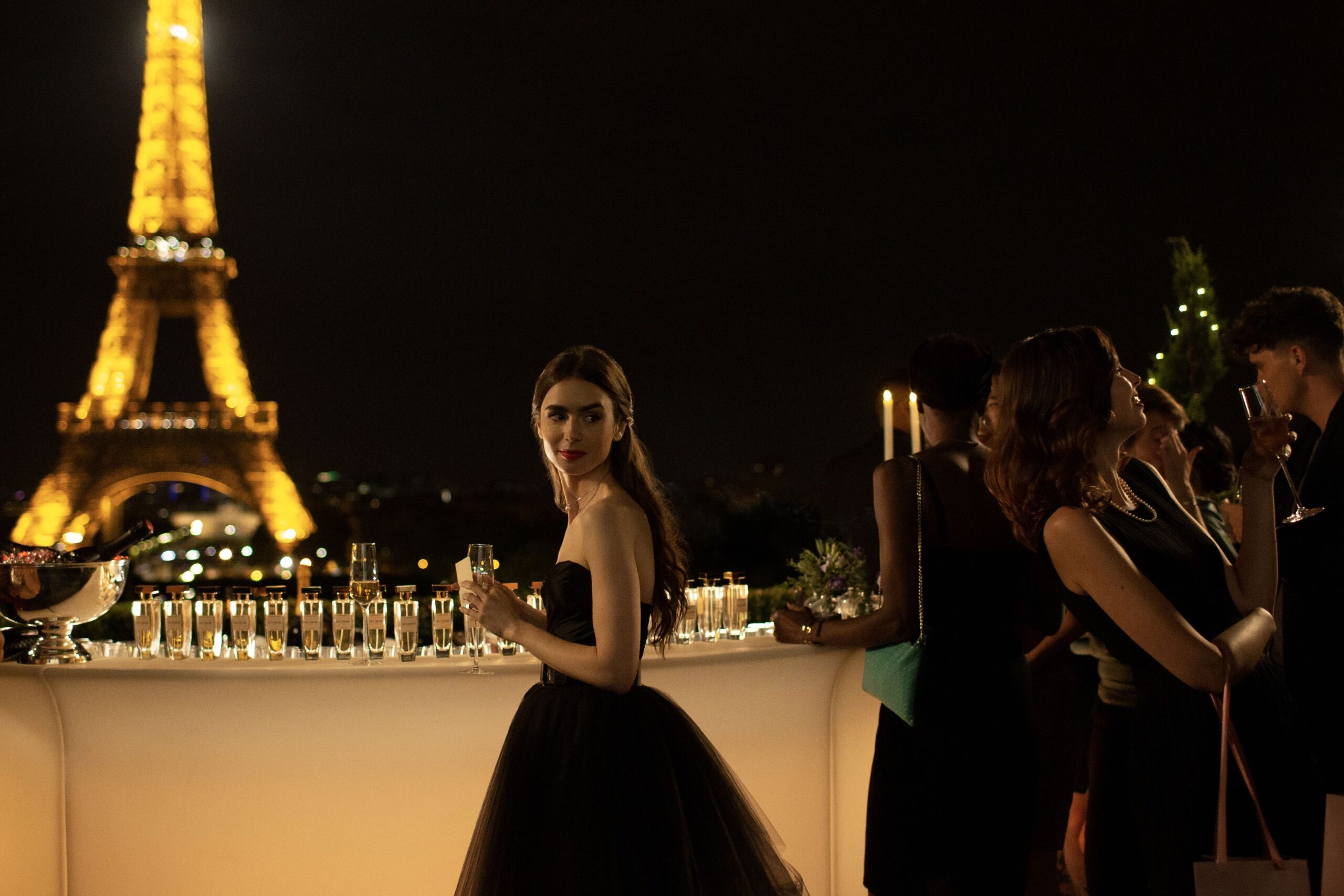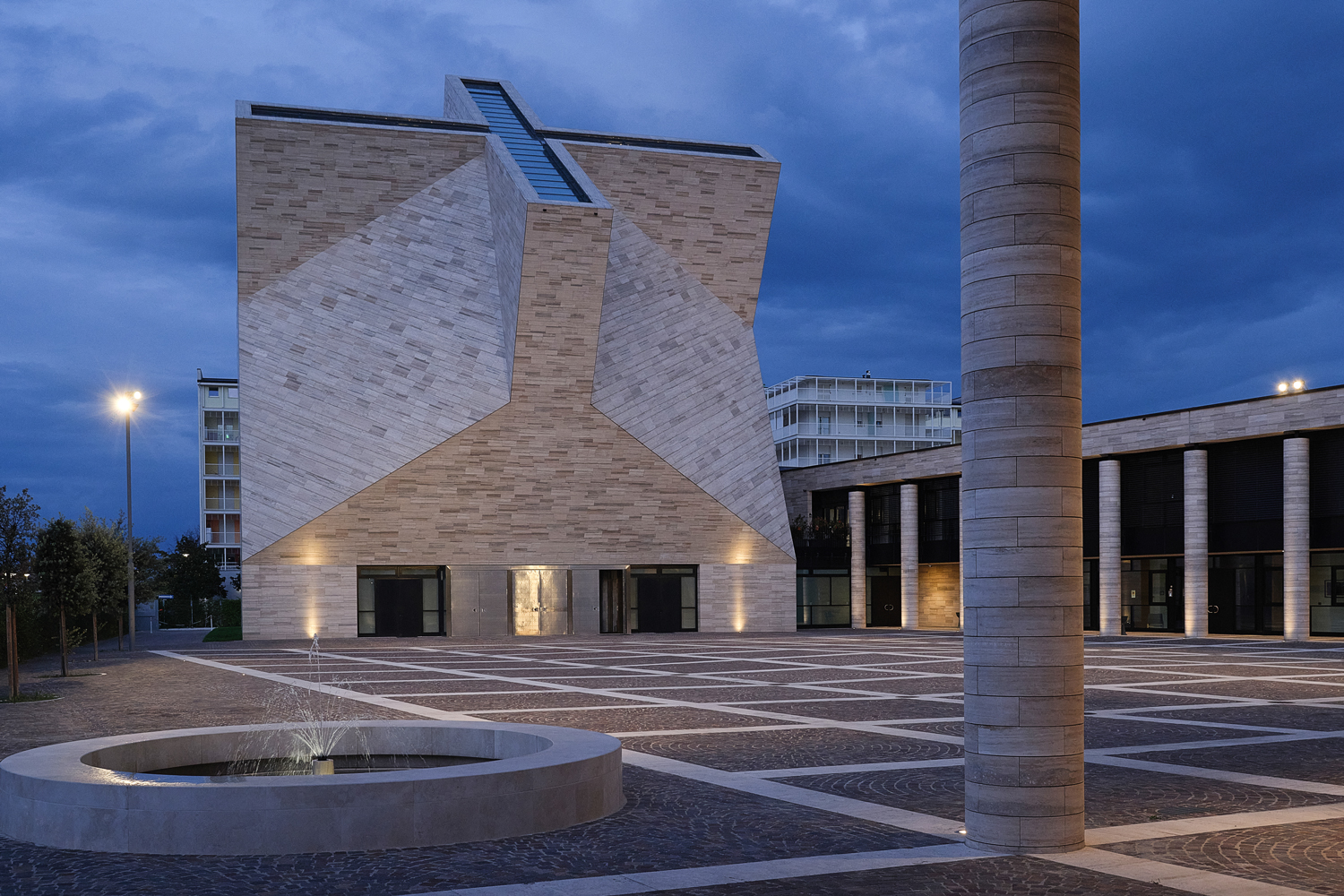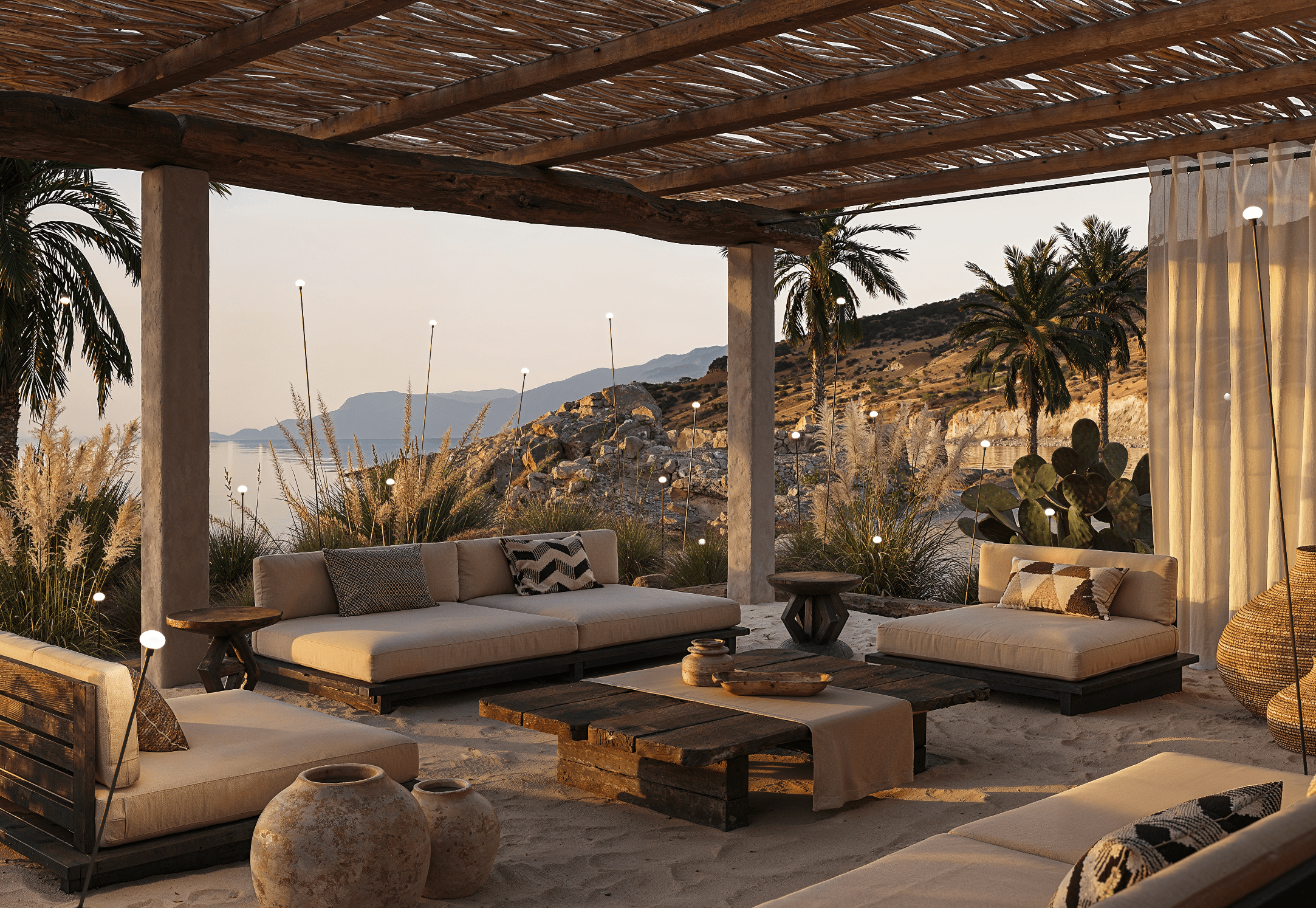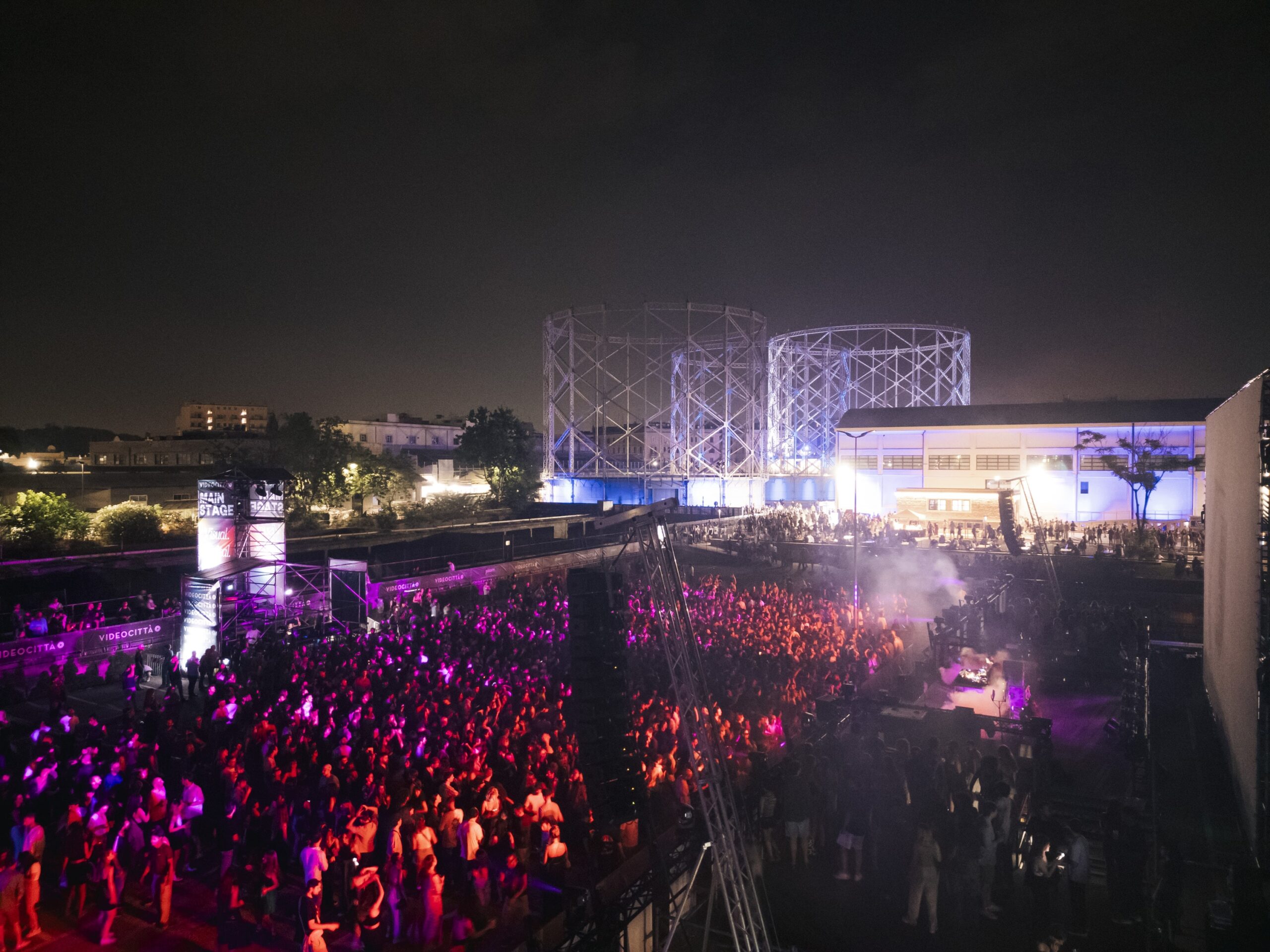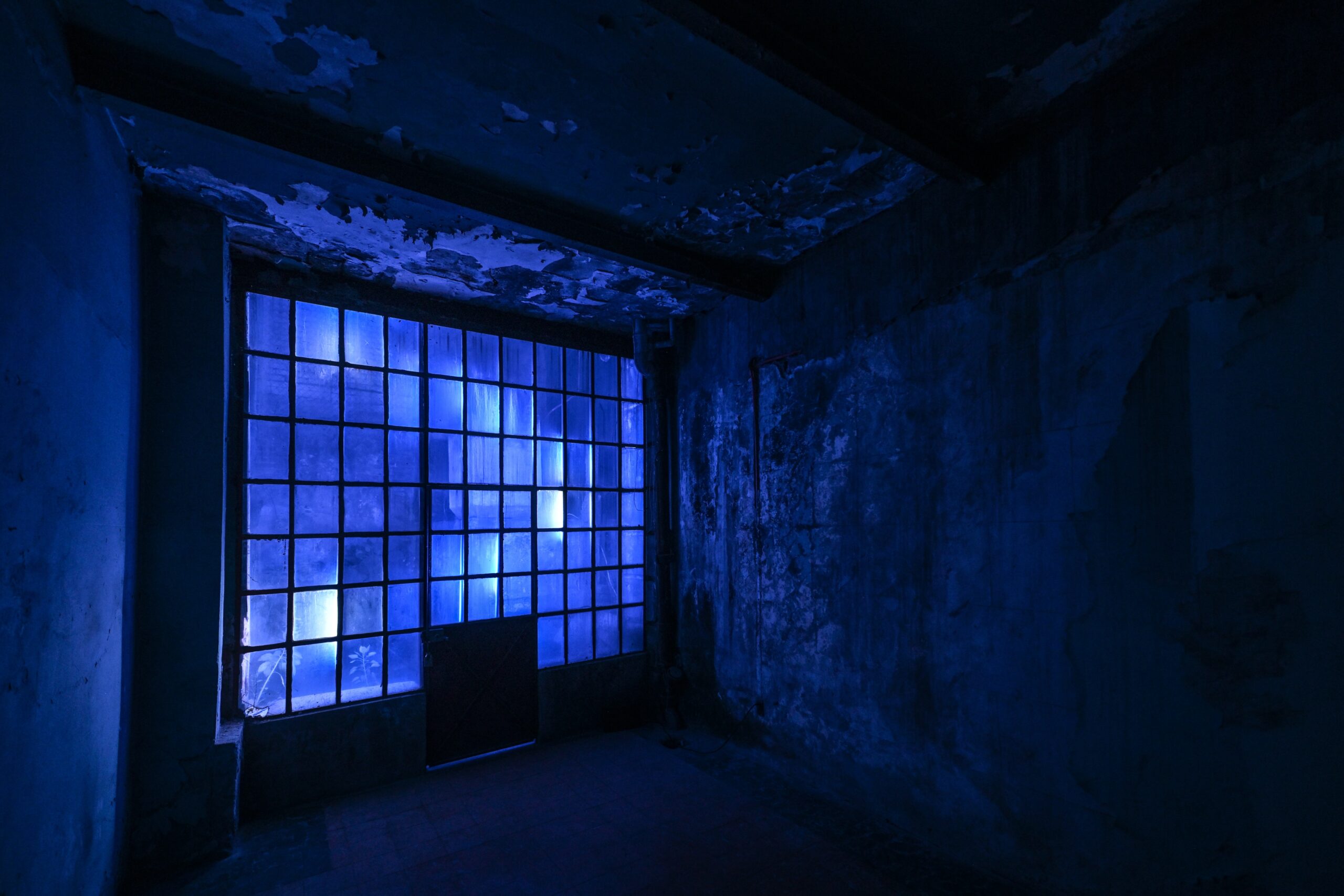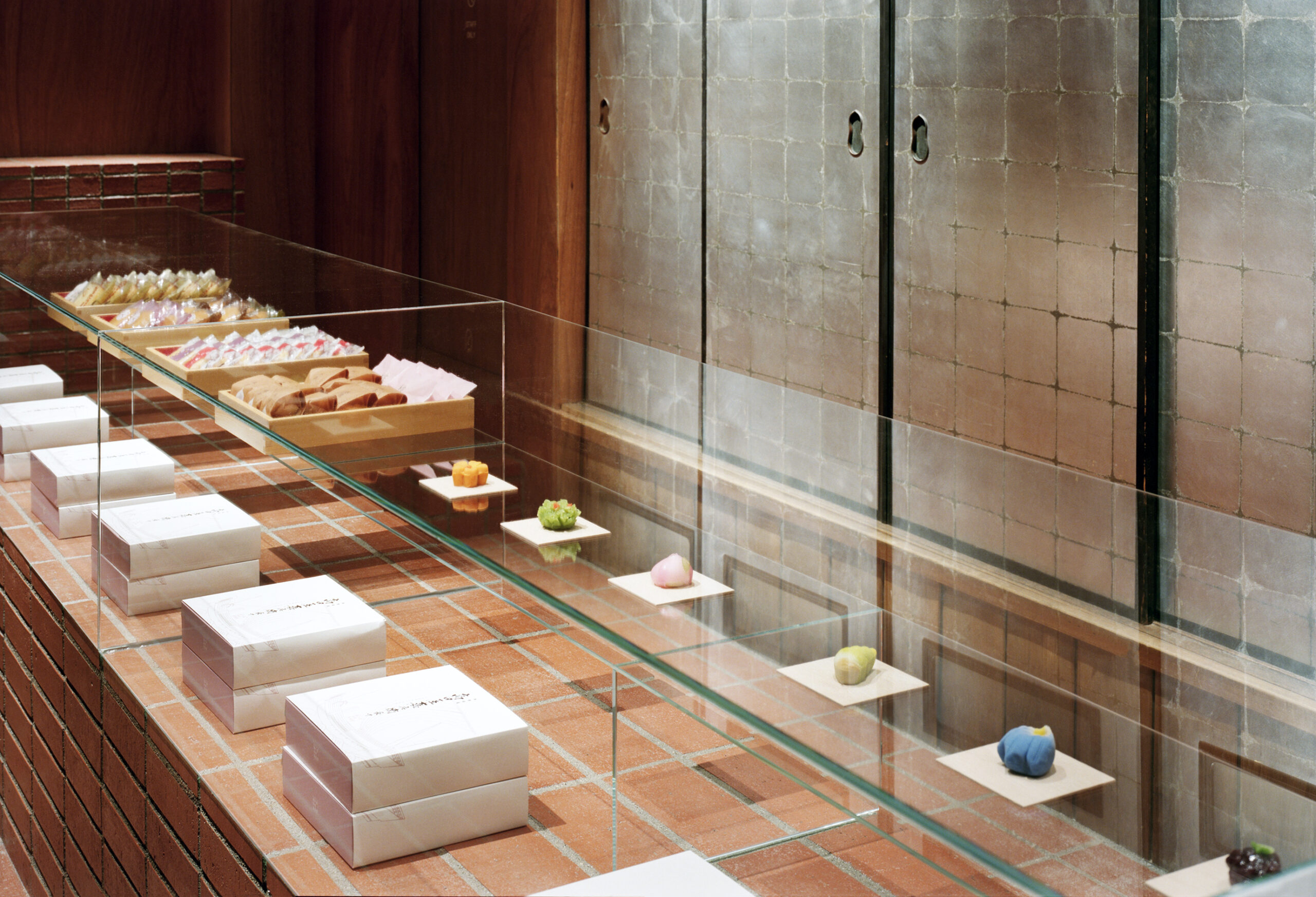If the day creates a thousand colored patterns, that is even more true for the city at night. As soon as dusk sets in, artificial lights begin to interfere and redefine the urban realm due to its intrinsic properties and the indiscriminate use of colored lighting. The rapid and continuous development of lighting technology has outgrown the purpose of mere illumination and has put the sun itself in the shade by redefining new properties for lighting design.
As Gerhard Auer declares1: «architecture is no longer simply the play of masses in light – it is the interplay of fictitious image-messages in a feigned space. With the success of this play of lights and colors the nocturnal city has surpassed the city of the day in terms of aesthetic appeal.» However, are these characteristics of color pigments, building material appearance and lighting really what we mean to provoke when we conjoin color and light in the city today?
The urban environment provides a multitude of chromatic juxtapositions, frequently transitory and rarely static, characterizing a kaleidoscope in a continually changing pattern of lighting and colors. The fact that colored lighting effects due to publicity and large LED screens populate our cities at night can give us a completely different atmosphere. These colored schemes can also disturb the real perception of the environment quality due to the mismatching color properties. Thus, the night of the contemporary city is where the everyday and the spectacular now coexist favored by public and private lighting schemes transforming the urban scenery in a real kaleidoscope of interactivity and different chromatics effects.
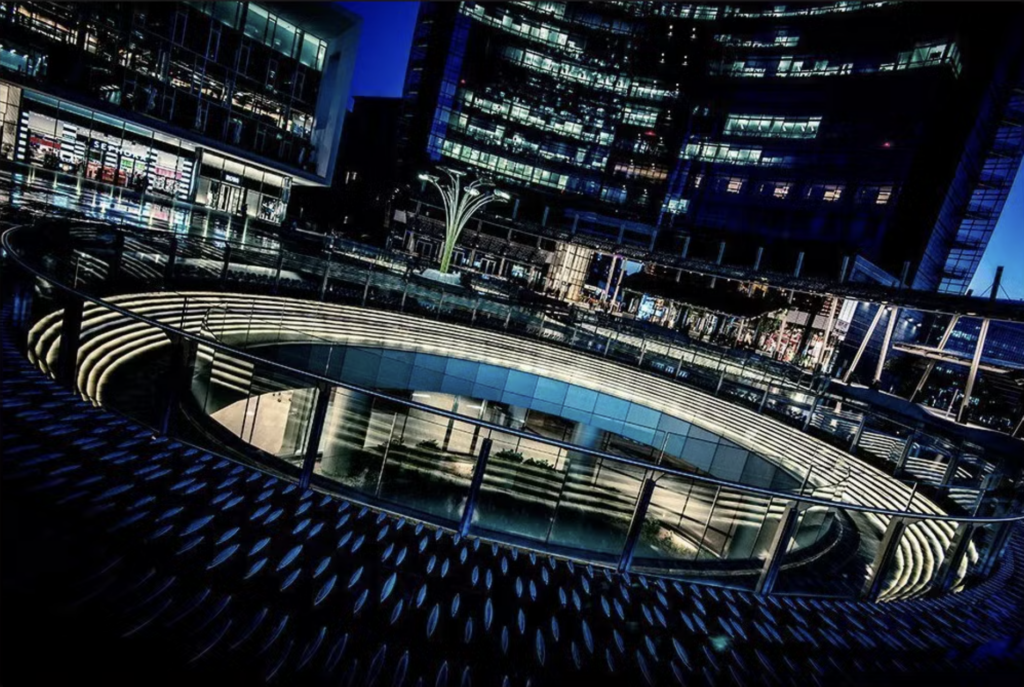
«Architecture is no longer simply the play of masses in light - it is the interplay of fictitious image-messages in a feigned space. With the success of this play of lights and colors the nocturnal city has surpassed the city of the day in terms of aesthetic appeal»
Contemporaneous society is affected by exasperated consumption of industrialized products and we are living in a world dominated by luminous images which has important aspects that are also relied on the properties of technology, and in this case lighting innovations not only has great impact on the overall nocturnal landscape but it also can deconstruct real features and significances.
McLuhan probably was the most famous sociologist who interpreted the technological innovations as communication means. His critical point was the effects of commercial communication on the collective imagination, which derives the famous statement “the medium is the message” that the author of this article used as the title to argue about how light can influence the composition of the nocturnal experience. According to him: «the electric light is pure information that defines a space without walls and day without night.»
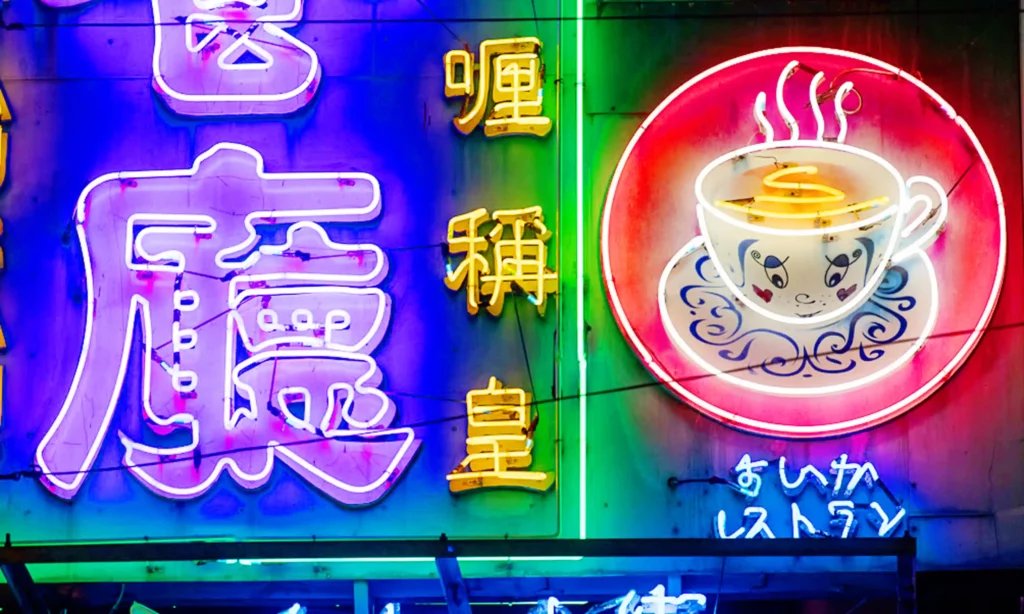
The result of a massive interference of private lighting in the public sphere is that signs and lights are out of control; they obscure the meaning of the environment as often as they clarify it. Therefore, good public and private lighting installations can improve the legibility and the expression of visual appeal of the built environment. The new lighting technologies, materials and media are being used today to enhance and stimulate our experience of daily life in real and virtual environments, permanent and ephemeral with the aim usually to generate amazement and nothing else.
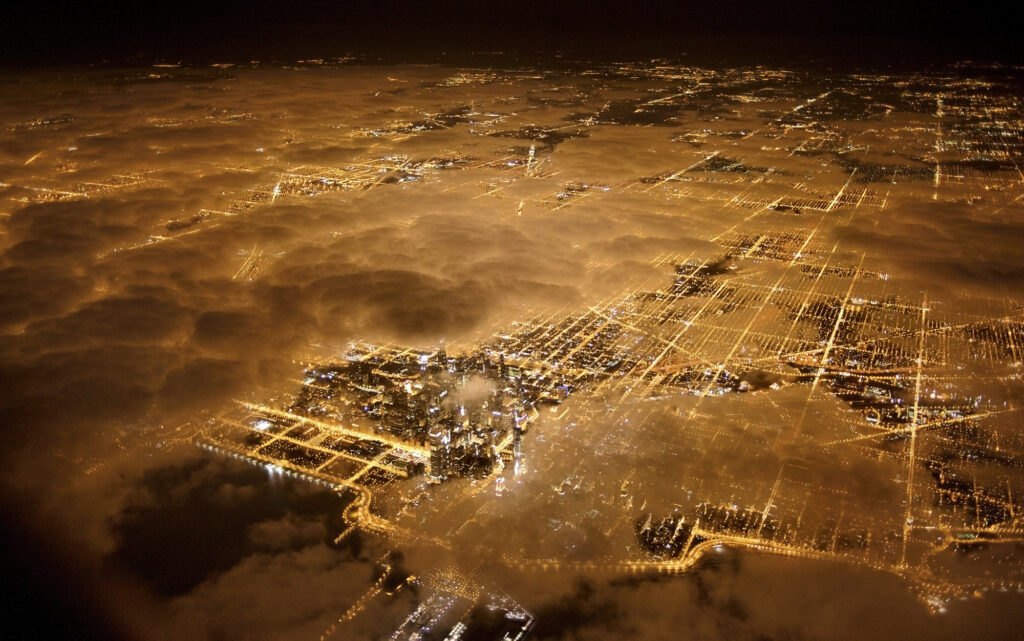
If inspiration comes from temporary events though, how do you design dynamic lighting systems for permanent uses? Moreover, how do you avoid the Disneyfication of these lighting schemes if the spectacle has become the norm? On the contrary, how do you stay out of this marketing race? These types of problems are those of the design and planning the nocturnal dimension of cities for the years to come, the sensitivity of people and ideas that aim to preserve the essence of nighttime, that is to say, to distinguish rather than over-illuminate.
Footnotes
1 Auer, G. The Aesthetics of the Kaleidoscope. Artificial Light in Japanese Cities, in “Daidalos”, n.27 march 1988, p.43
2 Rizzo, S. Aspetti contemporanei nel rapporto tra colore e architettura in Colore architettura ambiente: esiti, problematiche, conoscenza, conservazione e progetto delle finiture dipinte e del colore, nella città storica e nella città moderna, in Italia e in Europa edited by Patrizia Falzone, Kappa, Roma, 2008, p.256-259
3 McLuhan, M. Gli strumenti del comunicare, translated by Ettore Capriolo, Est, Milano, 1997
4 “Poiché non c’è visione senza luce, l’analisi dell’immagine (che è sempre luminosa) diventa analisi della luce: la luce essendo movimento, movimento e luce sono le due componenti fondamentali dell’immagine” Argan, G.C. L’arte Moderna 1770/1970, Sansoni, Firenze 1970, 1972², p.614
